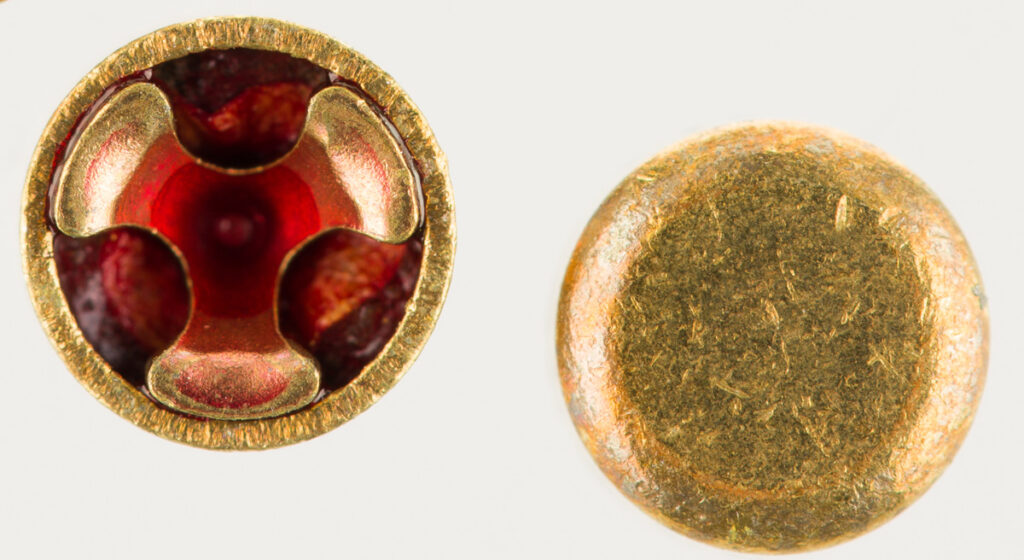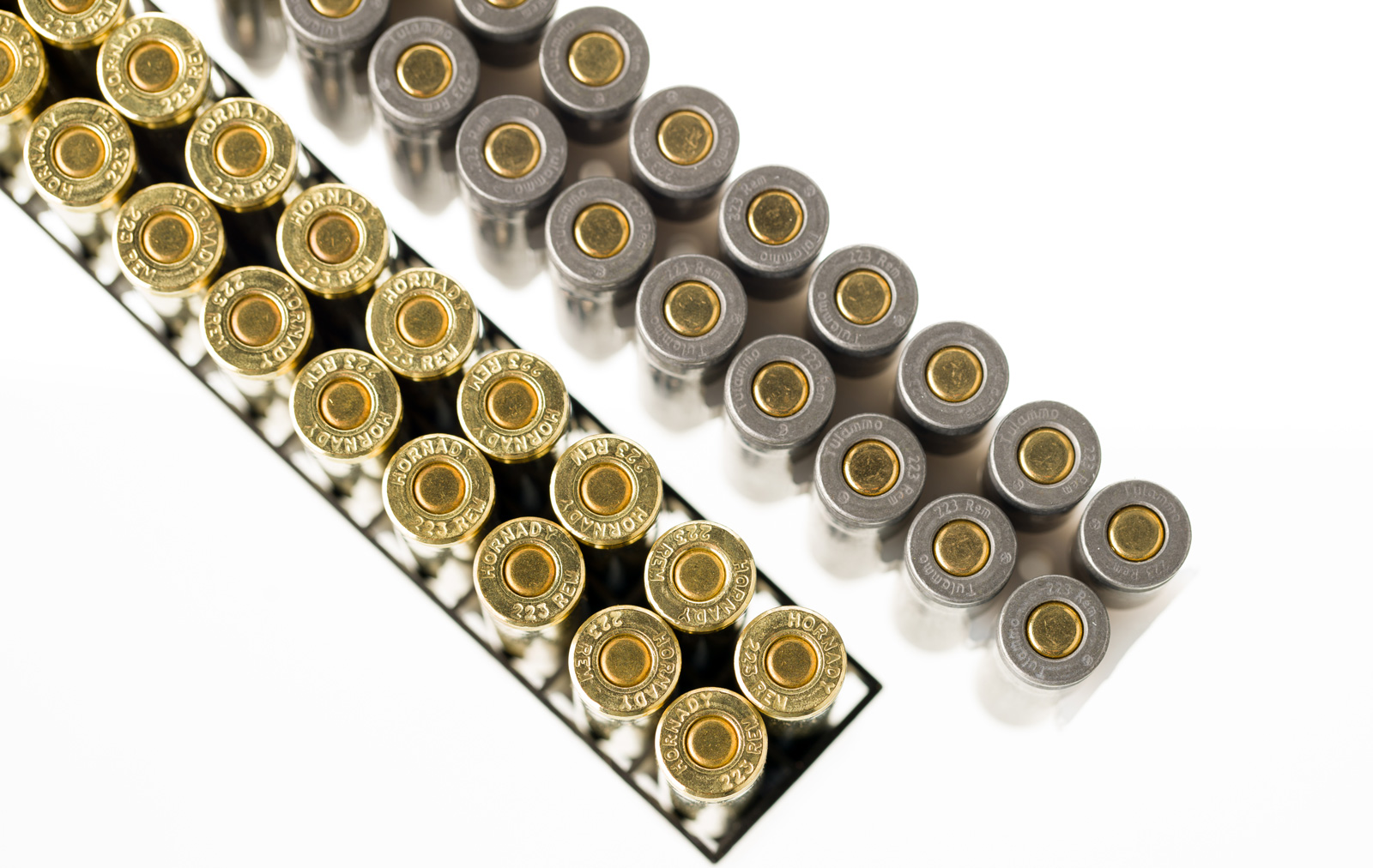Little Known Questions About Rifle Primers.
Table of ContentsThe Definitive Guide to Pistol Primers5 Easy Facts About Small Pistol Primers ExplainedThe Single Strategy To Use For Rifle PrimersHow Primers For Sale can Save You Time, Stress, and Money.Not known Facts About Federal Primers
Component of the weapon cartridge for starting propellant burning In weapons and weapons, the guide () is the chemical and/or gadget in charge of starting the propellant combustion that will certainly push the projectiles out of the weapon barrel. In very early black powder guns such as muzzleloaders, the guide was essentially the same chemical as the main propellant (albeit normally in a finer-powdered form), yet put right into an exterior flash pan, where it might be stired up by an ignition source such as a slow suit or a flintlock Some muzzleloaders have primers like cap weapon caps.
Instances consist of handgun cartridges, rifle cartridges, and also shotgun coverings. Larger weapons pieces in contrast typically utilize electrical priming. In artillery the primers are often a separate part, put inside the barrel to the rear of the major propellant chargebut there are various other instances of guns, including for instance some automatic weapons, developed to fire cartridges with important electric guides.
Top Guidelines Of Federal Primers

With the introduction of hand-held firearms, this became an unwanted way of firing a gun. Holding a burning stick while attempting to pour a charge of black powder thoroughly down a barrel is harmful, and also attempting to hold the weapon with one hand while all at once aiming at the target and looking for the touchhole makes it really Click This Link difficult to fire properly. The very first attempt to make the process of firing a tiny arm simpler was the "matchlock".
, and dried. After the weapon was packed and the touchhole keyed with powder, the burning tip of the match was positioned so that the lock would bring it into call with the touchhole.
The Ultimate Guide To Winchester Primers
This brought the suit down to the touchhole, stiring up the powder. With careful interest, the slow-burning suit could be maintained shedding for extended periods of time, and also making use of the lock device made rather precise fire possible. The next revolution in ignition technology was the "wheel-lock". It used a spring-loaded, serrated wheel which scrubed versus a piece of iron pyrite, comparable to a modern lighter.

The covered flashpan also gave some capacity to withstand negative climate. The wheel-lock enjoyed just a short duration of appeal before being superseded by an easier, much more robust design.
Facts About Cci Primers Uncovered
The flint was held in a spring-loaded arm, called the "cock" from the resemblance of its activity to a pecking chicken. The dick rotated through approximately a 90-degree arc and also was held in the tensioned, or "cocked" placement by a trigger.
The "half-cock" placement held the penis midway back, and also used a deep notch to make sure that shooting would not launch the cock. Half-cock was a safety setting, made use of when filling, keeping or bring a crammed flintlock. The "full-cock" position held the penis all the way back as well as was the setting where the weapon was terminated.
It acted as both a flashpan cover as well as a steel striking surface for the flint. The frizzen was hinged and also spring-loaded to make sure that it would certainly secure in the open or shut position. When closed, the striking surface was positioned so that the flint would strike at the correct angle to create a spark.
All about Primers For Sale
The flintlock mechanism was less complex as well as stronger than the wheel-lock, and also the flint as well as steel provided an excellent, trusted source of ignition. The flintlock remained in military solution for over 200 years, and also flintlocks are still made today for historic re-enactments and muzzle-loading target competitors, as well as for seekers who take pleasure in the additional challenge that the flintlock offers.
By the center of the 19th century, the percussion or caplock system was well established., as it was simpler and also much more reputable than the flintlock.
The flashpan and frizzen were eliminated and replaced by a tiny, hollow horizontal cylinder (drum) screwed right into the bored-out and also tapped flash hole and bring a "nipple area" over which the cap can be fitted. A "hammer" which additionally had half-cock (for packing and also using the cap) as well as full-cock positions changed the penis.